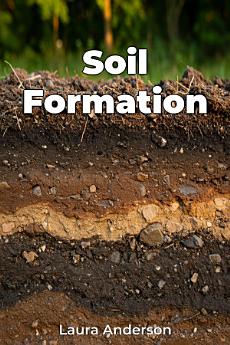Soil Formation
About this ebook
The book progresses logically from the fundamental factors influencing soil formationâparent material, climate, topography, organisms, and timeâto an examination of different soil types across the globe. Understanding soil types is crucial because each type has unique characteristics and suitability for various uses, like agriculture or forestry.
The book emphasizes the importance of soil as a living entity, not merely an inert medium, and highlights its critical role in food production and climate regulation. Finally, it addresses soil degradation and conservation, explaining how human activities can negatively impact soil health and offering sustainable management practices to protect this vital resource.
Case studies from around the world illustrate the practical implications of soil science for agriculture, forestry, and environmental management, making the book a valuable resource for students, professionals, and anyone interested in understanding and protecting our planet.








